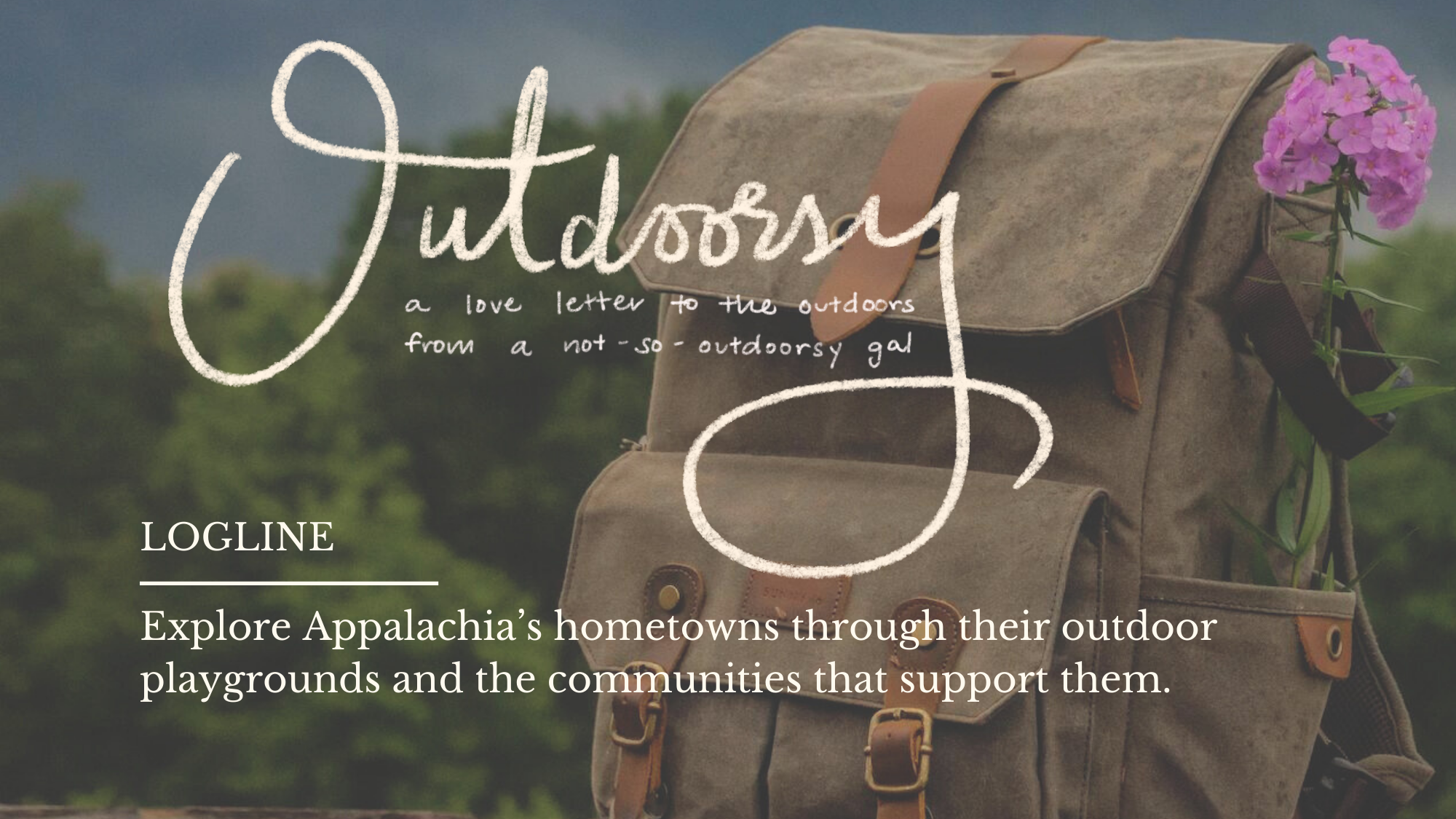What is a “story-to-cinema pipeline,” and why does it matter?
Launching a/b studios is beyond a dream come true — it’s the culmination of seemingly everything I’ve learned on the way to getting here. It’s vision casting, the creative problem-solving process, entrepreneurship, facilitation, marketing, design, writing, Olympic Googling, a genuine curiosity for learning, and a ton of communication.
Which is why it feels so overwhelming to try to explain the story-to-cinema pipeline.
It’s basically everything I’ve ever learned boiled down into a single graphic that oversimplifies what Hollywood has been doing for years, localized to a few very exclusive places that are difficult to enter and even harder to excel within. But, for the sake of those of y’all who might be interested in how a/b studios makes this work —
There are many ways to make a movie, but they all rely on other people. And if you’re going to work with other people, you have to understand (and empathize) with their expectations, responsibilities, and needs.
The foundation of the pipeline is made up of the people you meet at each checkpoint. These folks are either just doing their job or doing something they love. If it’s their job, there are expectations beyond their control that they have to meet, responsibilities that constrain what they can offer, and needs that they, as people, can’t (and shouldn’t) ignore. If it’s something they love, those things still apply; they may just be more flexible.
It’s my job, as someone who wants to make movies, to get to know these people and understand their situation.
It’s also important to know where these folks do business besides their (home) offices. In other words, how to meet them and maintain long-term relationships that may blossom into collaboration.
We still have a lot to learn. But, with the foresight of who to know and where to go, we can start on the material elements that are crucial to the pipeline. Consider these elements like a universal language that allows folks from different parts of the industry to agree on the value of a shared vision.
These are the story assets. They go beyond an idea, story, or screenplay and begin to illustrate the vision for the finished product.





Like any business pitching for funding, a film project needs to justify its budget with the caliber of the team, the production value with its potential in the market, and the filmmaker’s credentials with the existing pathways to success they’ve already paved. When you’re asking folks for anything, it’s always helpful for them to know why it’s valuable to them, too.
Story assets take a lot of research and ultimately inform the pre-production marketing and sales strategies. These are approaches to get the production planned, crewed, “attached” (folks whose names hold weight with audiences), funded, and ideally, pre-sold to distribution markets whose revenue offsets film costs.
The “presales fund the production” model has been used by big names in Hollywood (Blumhouse, who makes horror movies I’ve never seen, is one of them) to great success, but they have a leg up that those of us in East Tennessee do not: Proximity.
The Southeast/Appalachia region has a stellar crew base that supports millions of dollars in TV and low-budget film projects (think Lifetime, Hallmark, etc.) coming from the big cities, but it lacks a strong network of professionals along the pipeline that makes regionally rooted filmmaking possible.
A story-to-cinema pipeline in East Tennessee would give a/b studios access to the resources and professionals necessary to bring stories from this region to the big screen. Our methodology for creating story assets and developing strategies is the glue that holds a fledgling network like this together while the region dives in to join us.
a/b studios doesn’t own the story-to-cinema pipeline. We just know that it’s necessary, so why not create it?


